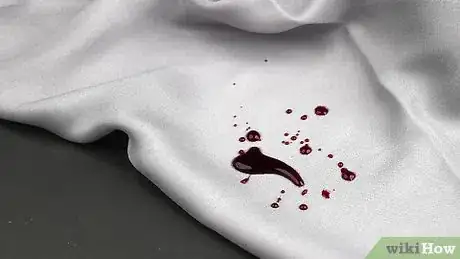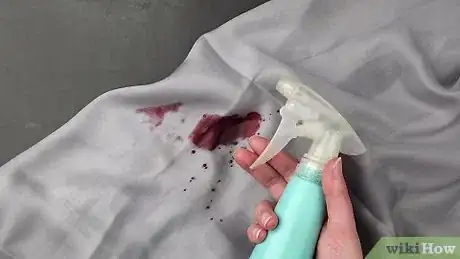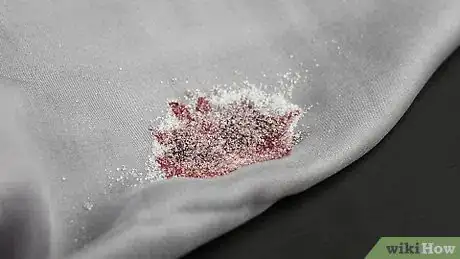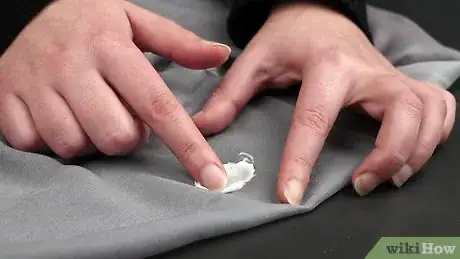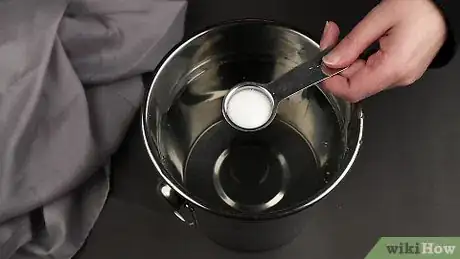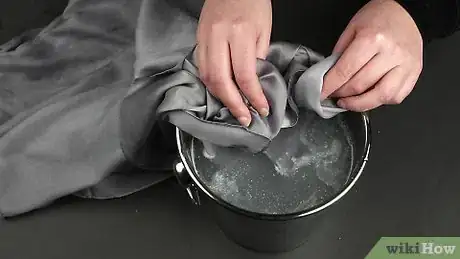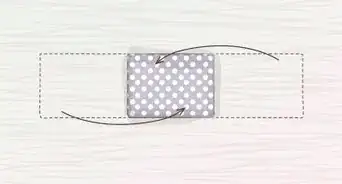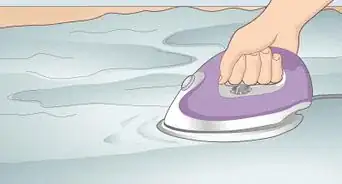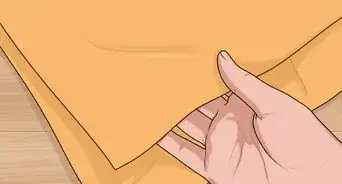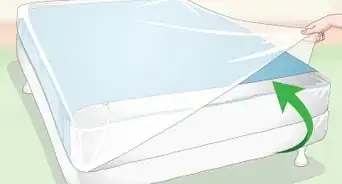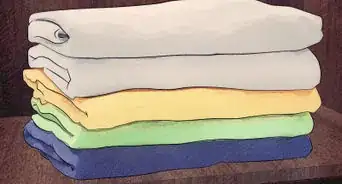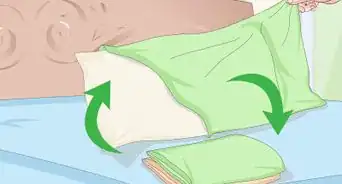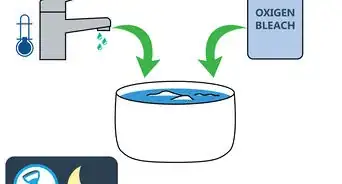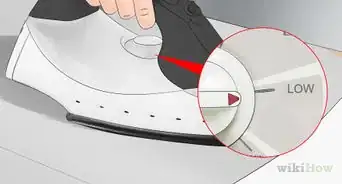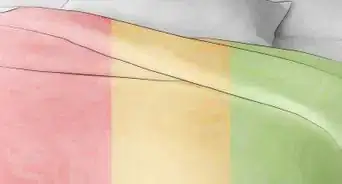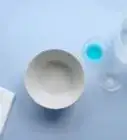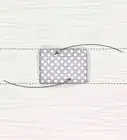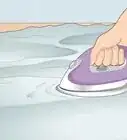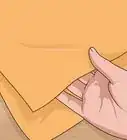This article was co-authored by Ayad Mirjan and by wikiHow staff writer, Dan Hickey. Ayad Mirjan is a Dry Cleaner and Laundry Specialist and the Founder of OrangeBag®, a toxin-free, sustainable, Los Angeles-based laundry and dry cleaning delivery service. Ayad has over four years of experience in the industry and he specializes in providing easy laundry and dry-cleaning solutions to professionals, families, and businesses. Ayad received his Bachelor's degree from The University of California, San Diego, and an MBA from Henley Business School. He is also a board member of the Entrepreneur's Organization Accelerator (EOA).
There are 8 references cited in this article, which can be found at the bottom of the page.
This article has been viewed 47,281 times.
Stubborn blood stains on your sheets are especially frustrating when you’re dealing with satin, a delicate fabric that requires gentle cleaning methods. Thankfully, there are many effective ways to use common household products as an alternative to harsh stain removers that can damage your satin. We’ve put together a list of simple, gentle, and effective ways to treat blood stains and keep your satin sheets looking good as new.
Steps
Expert Q&A
-
QuestionWhat kind of cleaner is best for dried blood on clothing?
 Ayad MirjanAyad Mirjan is a Dry Cleaner and Laundry Specialist and the Founder of OrangeBag®, a toxin-free, sustainable, Los Angeles-based laundry and dry cleaning delivery service. Ayad has over four years of experience in the industry and he specializes in providing easy laundry and dry-cleaning solutions to professionals, families, and businesses. Ayad received his Bachelor's degree from The University of California, San Diego, and an MBA from Henley Business School. He is also a board member of the Entrepreneur's Organization Accelerator (EOA).
Ayad MirjanAyad Mirjan is a Dry Cleaner and Laundry Specialist and the Founder of OrangeBag®, a toxin-free, sustainable, Los Angeles-based laundry and dry cleaning delivery service. Ayad has over four years of experience in the industry and he specializes in providing easy laundry and dry-cleaning solutions to professionals, families, and businesses. Ayad received his Bachelor's degree from The University of California, San Diego, and an MBA from Henley Business School. He is also a board member of the Entrepreneur's Organization Accelerator (EOA).
Dry Cleaner & Laundry Specialist Oxygen-based and chlorine-free cleaners should all work. If you don't have a specialized cleaner, 4 cups of warm water and one teaspoon of liquid dishwashing detergent should work.
Oxygen-based and chlorine-free cleaners should all work. If you don't have a specialized cleaner, 4 cups of warm water and one teaspoon of liquid dishwashing detergent should work.
Warnings
- If you’re worried about a cleaning substance damaging your sheet, do a spot test by putting a few drops of the cleaner on a hidden part of the sheet, like the bottom hem or corner. If the drops do not damage or discolor the fabric, then the cleaner is safe to use on stains.⧼thumbs_response⧽
References
- ↑ https://home.howstuffworks.com/how-to-remove-blood-stains1.htm
- ↑ https://home.howstuffworks.com/how-to-remove-blood-stains1.htm
- ↑ Ayad Mirjan. Dry Cleaner & Laundry Specialist. Expert Interview. 11 August 2021.
- ↑ Ayad Mirjan. Dry Cleaner & Laundry Specialist. Expert Interview. 11 August 2021.
- ↑ https://www.getsetclean.in/in/en/laundry/how-to-remove-blood-stains-from-your-clothes.html
- ↑ https://ohsospotless.com/how-to-get-blood-out-of-sheets/
- ↑ https://blog.innstyle.com/2019/05/how-to-get-blood-out-of-sheets/
- ↑ https://blog.innstyle.com/2019/05/how-to-get-blood-out-of-sheets/
- ↑ https://ohsospotless.com/how-to-get-blood-out-of-sheets/
- ↑ https://ohsospotless.com/how-to-get-blood-out-of-sheets/
- ↑ https://www.cleanipedia.com/gb/laundry/remove-blood-stains.html
- ↑ https://www.sleepfoundation.org/bedding-information/how-to-get-blood-out-of-sheets
- ↑ https://www.sleepfoundation.org/bedding-information/how-to-get-blood-out-of-sheets
- ↑ https://sewingiscool.com/can-you-dry-satin-in-the-dryer-how-to/
